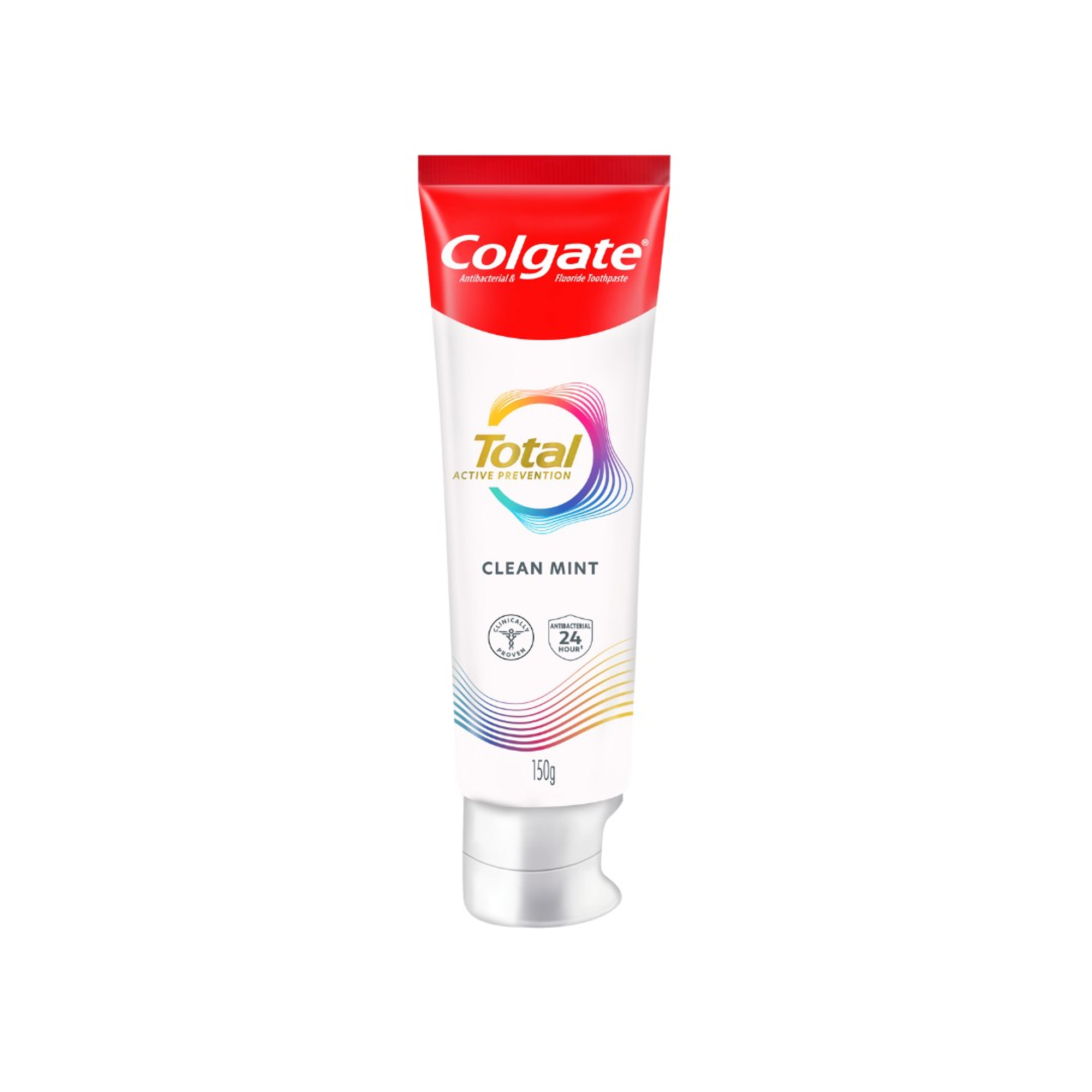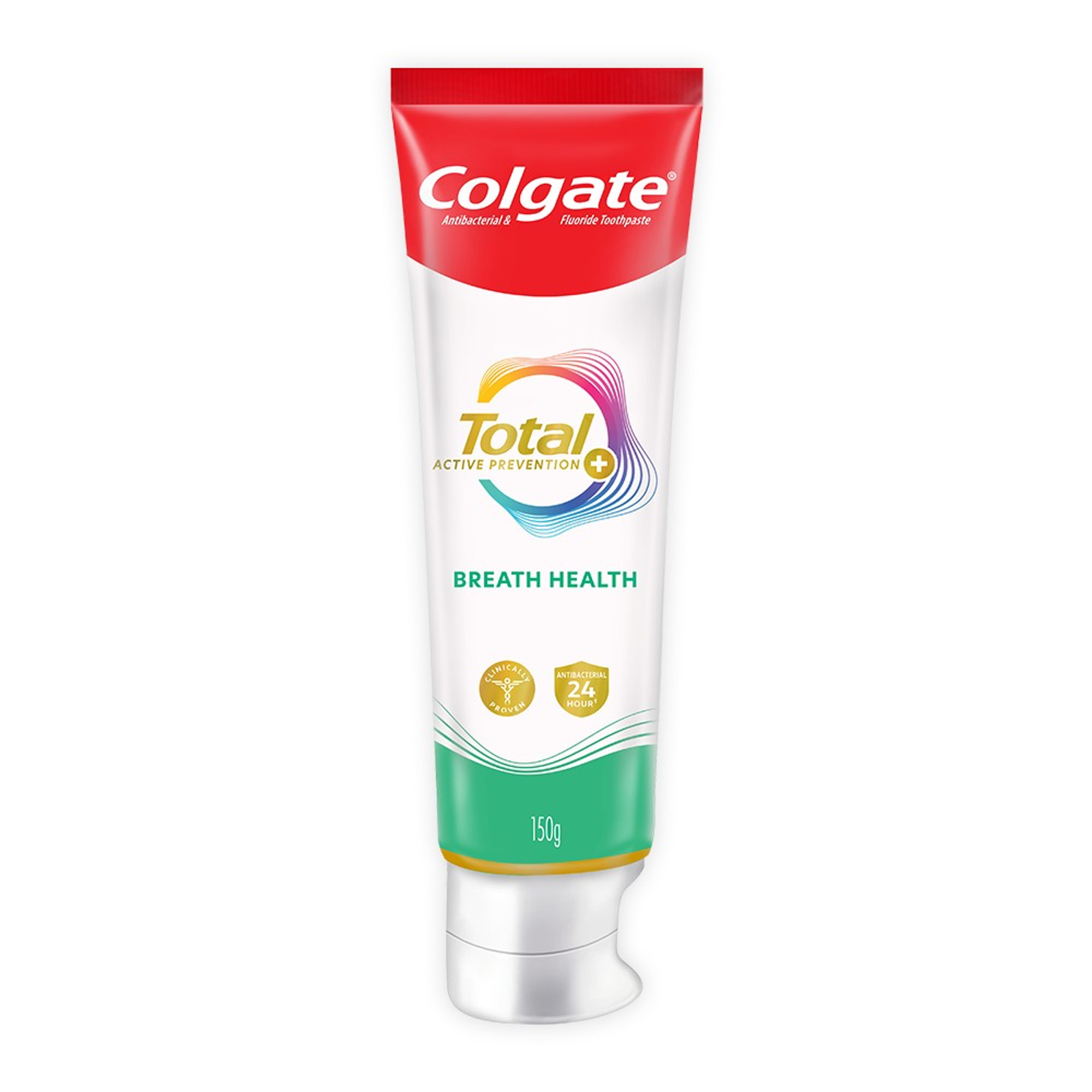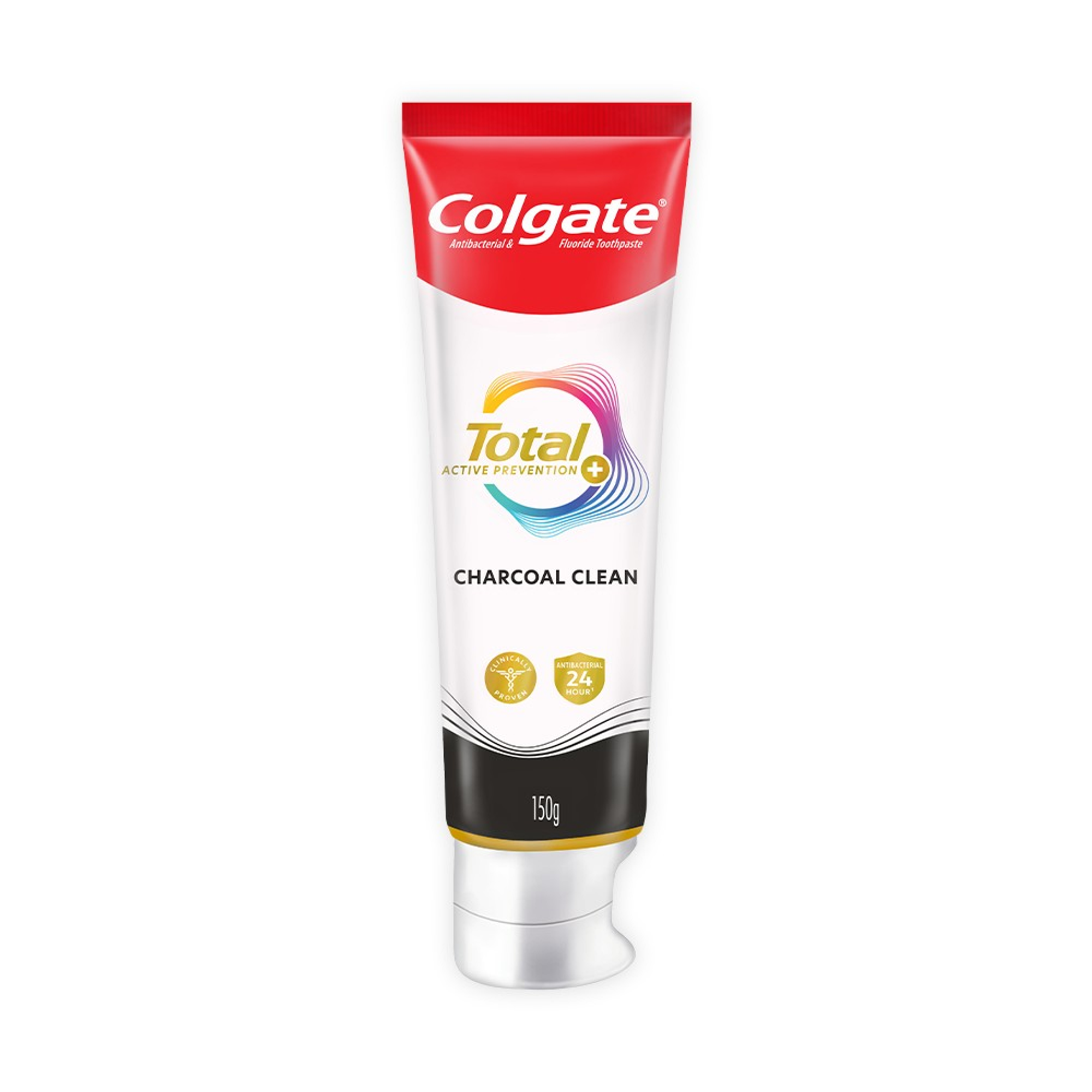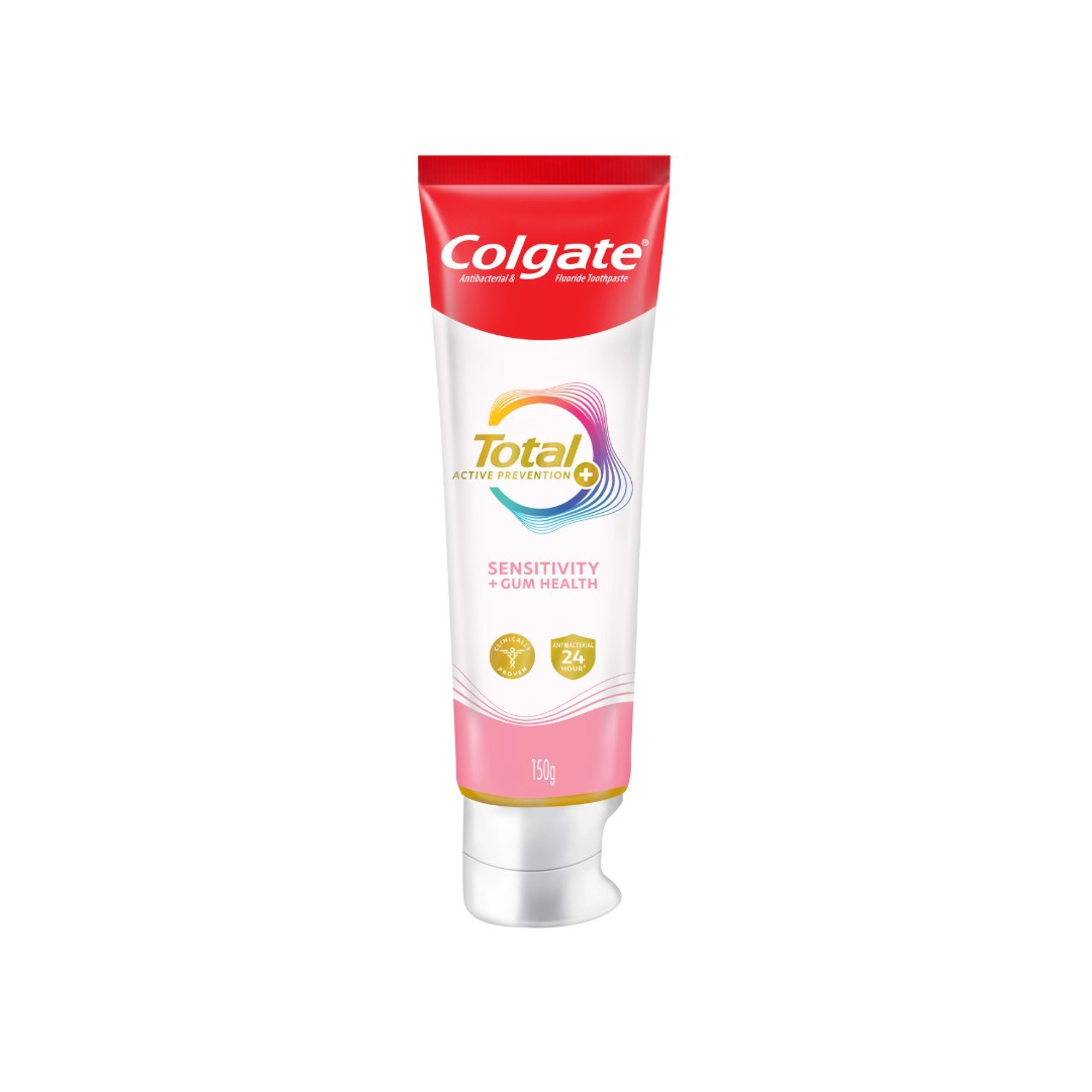-
-

ADULT ORTHODONTICS
Should You Use Mouthwash Before or After Brushing?Brushing and flossing are the foundation of a good oral hygiene routine, but mouthwash can also be a useful addition...

SELECTING DENTAL PRODUCTS
Soft Vs. Hard Toothbrush: Which One Should You Use?The toothbrush has come a long way. As the American Dental Association (ADA) notes...
-
Science & Innovation
- Oral Health and Dental Care | Colgate®
- Oral Health
- How To Brush


What Is the Right Way to Brush?
Proper brushing takes at least two minutes — that's right, 120 seconds! Most adults do not come close to brushing that long. To get a feel for the time involved, try using a stopwatch. To properly brush your teeth, use short, gentle strokes, paying extra attention to the gumline, hard-to-reach back teeth and areas around fillings, crowns or other restoration. Concentrate on thoroughly cleaning each section as follows:
- Clean the outer surfaces of your upper teeth, then your lower teeth
- Clean the inner surfaces of your upper teeth, then your lower teeth
- Clean the chewing surfaces
- For fresher breath, be sure to brush your tongue, too
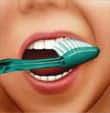 | 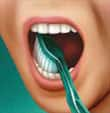 |  |
Tilt the brush at a 45° angle against the gumline and sweep or roll the brush away from the gumline. | Gently brush the outside, inside and chewing surface of each tooth using short back-and-forth strokes. | Gently brush your tongue to remove bacteria and freshen breath. |
What Type of Toothbrush Should I Use?
Most dental professionals agree that a soft-bristled brush is best for removing plaque and debris from your teeth. Small-headed brushes are also preferable, since they can better reach all areas of the mouth, including hard-to-reach back teeth. For many, a powered toothbrush is a good alternative. It can do a better job of cleaning teeth, particularly for those who have difficulty brushing or who have limited manual dexterity. To find the right Colgate toothbrush for you, click here.
How Important is the Toothpaste I Use?
It is important that you use a toothpaste that's right for you. Today there is a wide variety of toothpaste designed for many conditions, including cavities, gingivitis, tartar, stained teeth and sensitivity. Ask your dentist or dental hygienist which toothpaste is right for you. To find the right Colgate toothpaste for you, click here.
How Often Should I Replace My Toothbrush?
You should replace your toothbrush when it begins to show wear, or every three months, whichever comes first. It is also very important to change toothbrushes after you've had a cold, since the bristles can collect germs that can lead to reinfection.
06/12/2006
Related Articles

If you notice anything strange in your mouth, such as a gum boil or a bump that looks like a pimple, it's a good idea to have it checked out by a dentist.
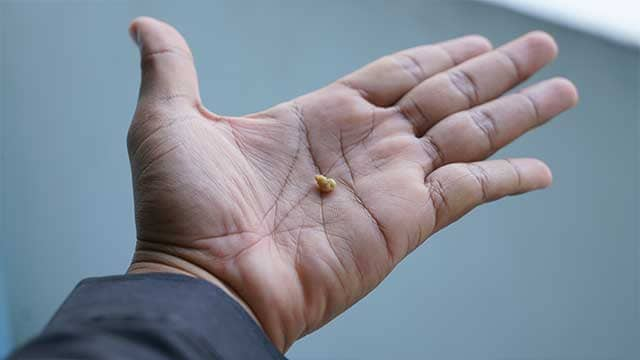
Tonsil stones, clinically called tonsilloliths, are small, white discharges that form in the crevices of the tonsils. They are typically found on the surfaces of the pharyngeal tonsils on either side at the back of the throat. They can be as small as a grain of rice or as large as a pea. They are quite common and usually harmless, but they may spark alarm in patients when noticed for the first time.

Related Products

Helping dental professionals
More professionals across the world trust Colgate. Find resources, products, and information to give your patients a healthier future




